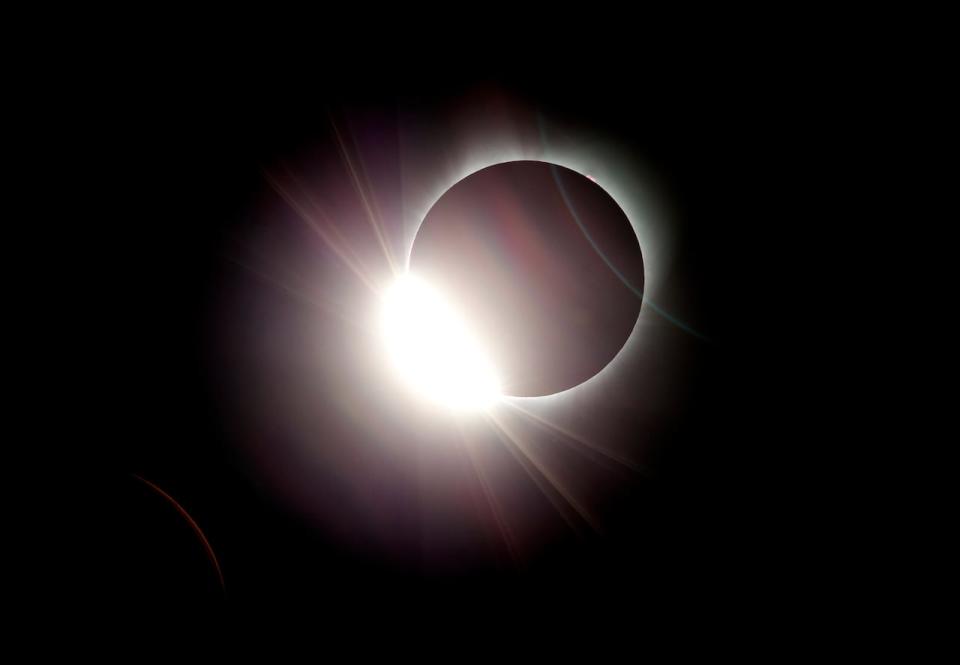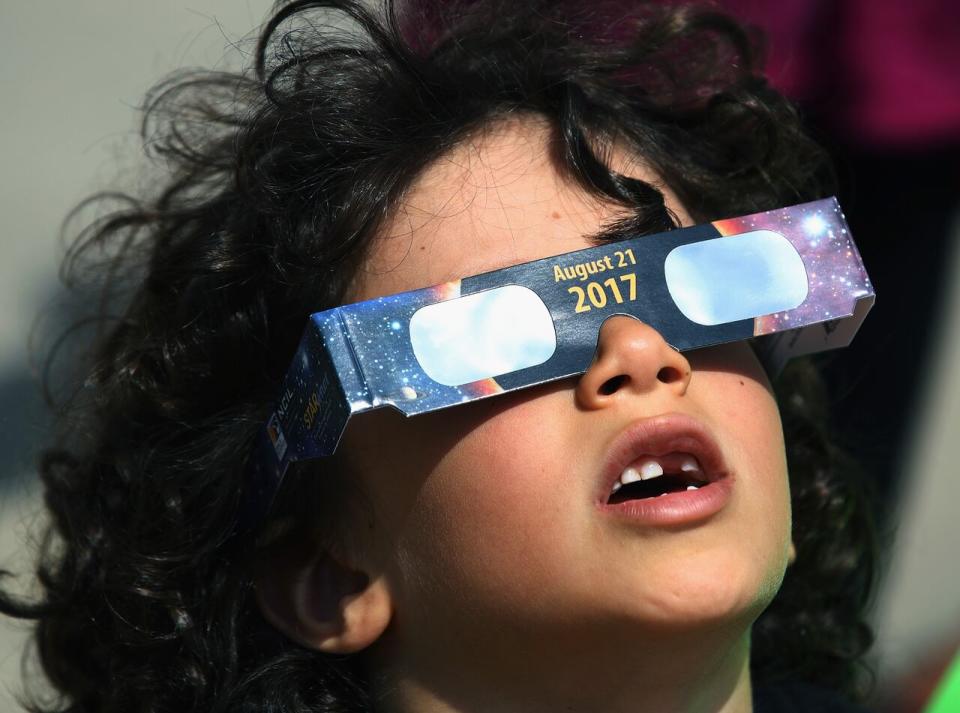On April 8, the moon’s shadow will drift across Mexico, into the United States, and eventually into Canada, creating one of nature’s most spectacular spectacles: a total solar eclipse.
But if you want to see it, you’ll probably have to travel to eastern Canada and a very narrow stretch from southern Ontario to Quebec, New Brunswick, PEI and Newfoundland. (In Nova Scotia, only the Meat Cove area will experience totality.)
A total solar eclipse occurs when the Moon passes in front of the Sun and blocks its light. The path of this shadow is extremely narrow, which is why most people have probably never seen it.
“People think solar eclipses are extremely rare,” said Fred Espenak, a retired NASA astronomer and the agency’s chief eclipse expert. “The rare thing about total solar eclipses is that they are only visible from a very small portion of the Earth’s surface; typically less than about half a percent of the Earth’s surface for a given total solar eclipse.”
Given this, he explained, the average occurrence of a total eclipse at any point on Earth is approximately once every 375 years. That’s why most people haven’t experienced a total solar eclipse.
However, many people have probably experienced a partial solar eclipse where it looks like something got bitten by the sun. Because their visibility is much wider. For next month’s eclipse, outside of this narrow path of totality, the rest of the country will experience some form of partial eclipse.
However, experienced eclipse hunters say there is a huge difference between a partial solar eclipse and a total solar eclipse.
Espenak, who has seen total solar eclipses 24 times, said that partial eclipses are very beautiful, but there is nothing like a total eclipse.
“People have to understand that even if someone sees a partial solar eclipse, they think that’s it. It’s just a percentage,” he said. “They saw 50 percent partial or 80 percent partial, which is as good as 80 percent total. It’s not actually like that.
“Seeing a partial eclipse is like getting five out of six numbers in Powerball. To win the jackpot, you have to get all six numbers. To win the jackpot with eclipses, you have to be 100 percent.”
A ‘spiritual’ experience
Jay Anderson, a former meteorologist with Environment and Climate Change Canada and an avid eclipse chaser, said the experience of standing in the moon’s shadow was unforgettable.
“The eclipse itself is a miracle: the bulges, the chromosphere, the corona, these are all parts of the sun’s atmosphere that suddenly appear and are invisible to the average person.


Diamond ring effect during the 2017 total solar eclipse as seen from Salem, Oregon (AP Photo/Don Ryan)
“And the temperature drops and the shadow moves in,” he said, “and you look at the sun and watch that last little bead [of light] You squeeze and pick up the diamond ring and – dammit – you step into that darkness. But you see the corona appearing before the sun is completely covered.
“Then when it’s over, there’s a lot of hugging and yelling, and sometimes a few tears and a marriage proposal.”
Espenak feels the same way. “For some people, it’s almost a spiritual experience,” he said. “I think it’s a humbling experience. It gives you a sense of the human place in the universe. And you realize how small, inconspicuous and insignificant we really are.”
Safety first
For this reason, Espenak is also disturbed that some school administrations choose to make April 8 a PA day or keep children indoors.
The Toronto District School Board raised safety concerns because the eclipse would occur near the end of the school day, when students and staff head home.
“Having the chance to see the total eclipse is such an incredible educational opportunity that I think locking kids in schools is criminal negligence,” he said.
He acknowledged it takes some preparation, but said it can provide a good learning experience leading up to the event, teaching kids how and why eclipses occur, proper safety practices and more.


A young viewer looks at the sky during a partial solar eclipse at the Cradle of Aviation Museum in Garden City, New York, on August 21, 2017. (Bruce Bennett/Getty Images)
“Seeing something like this can inspire a latent passion to study science. It doesn’t have to be astronomy, just experiencing something beautiful in the natural world is enough.”
Whether you’re on your way to totality or seeing a partial eclipse, eye safety is extremely important. The best and easiest way to protect your eyes is to purchase eclipse glasses, which are widely available from astronomy organizations, science centers and online astronomy stores.
It is important to ensure that they are ISO compliant with ISO 12312-2. Avoid buying from elsewhere; In 2017, there were still many fake products containing the ISO number. Looking directly at the sun without protection can permanently damage your eyes.
WATCH | Solar eclipse can burn your eyes: How to watch safely
The only time it is safe to remove your eclipse glasses is when the moon is completely covering the sun. At other times you should wear eclipse glasses. The only caveat is that people will need to have these already or order them soon as spots start to sell out.
Anderson and Espenak, who have also seen 24 total solar eclipses, think that when someone experiences a total solar eclipse, it fuels their desire to see more.
“Every eclipse is different,” Anderson said.